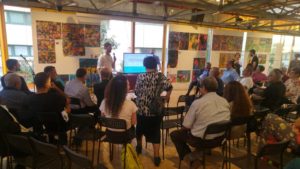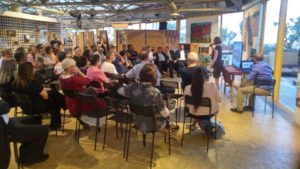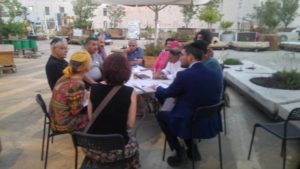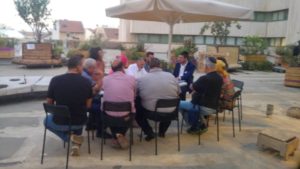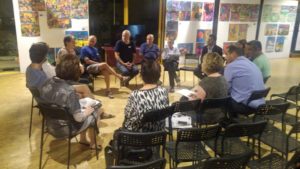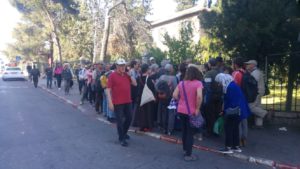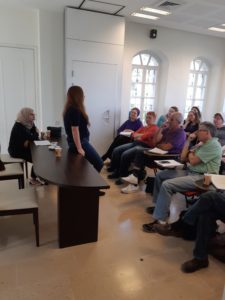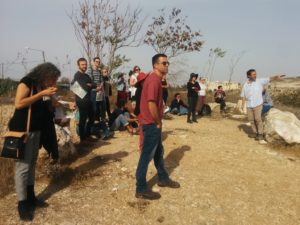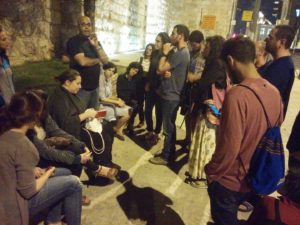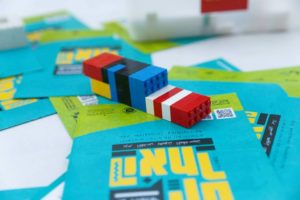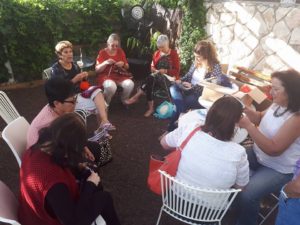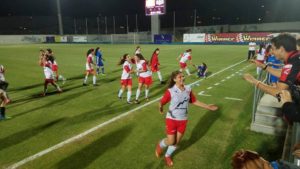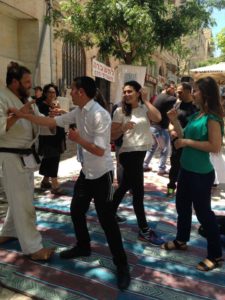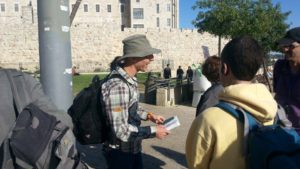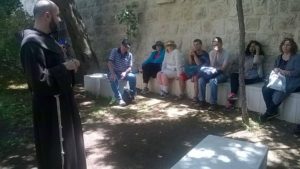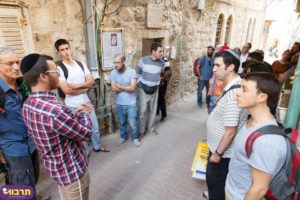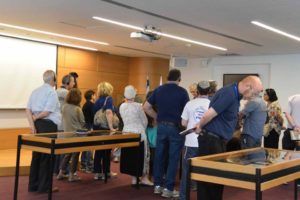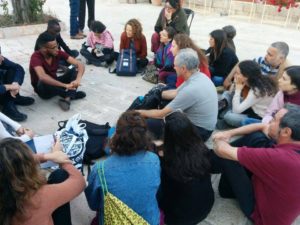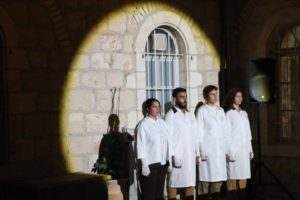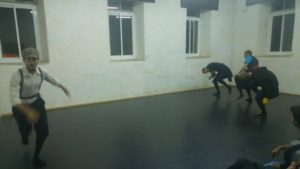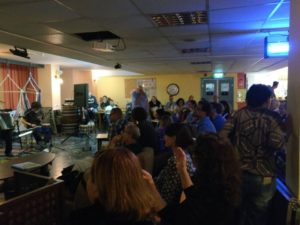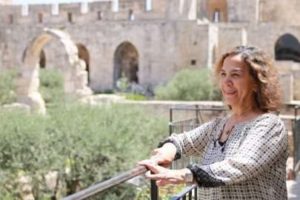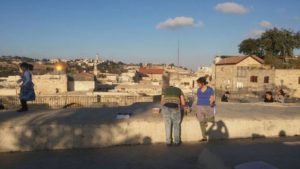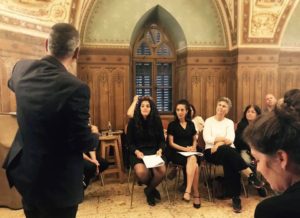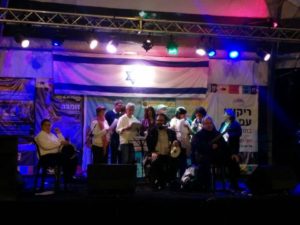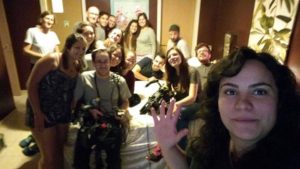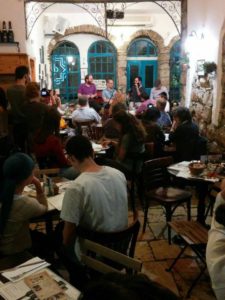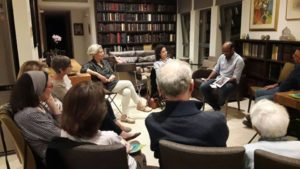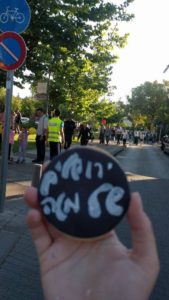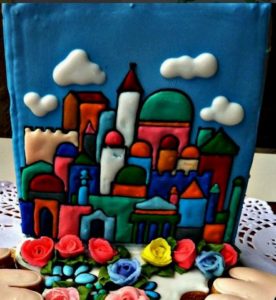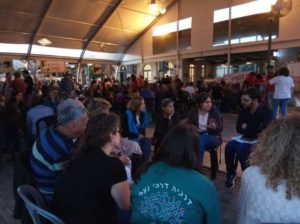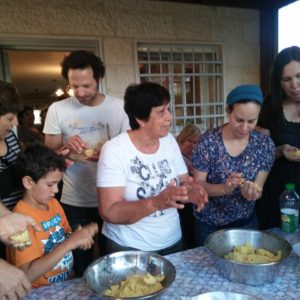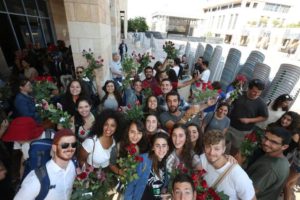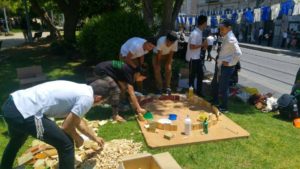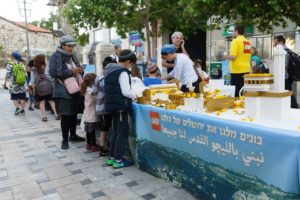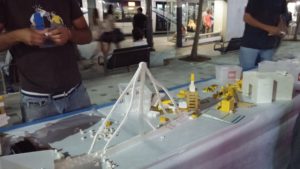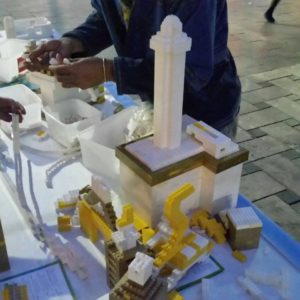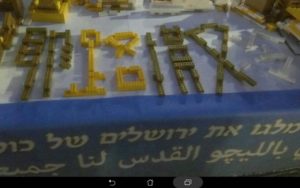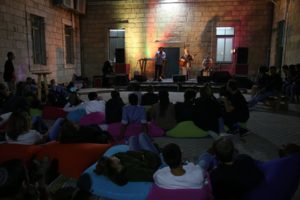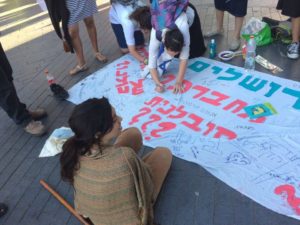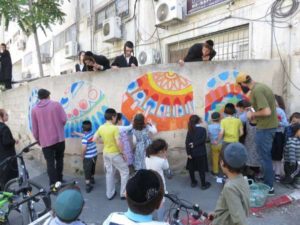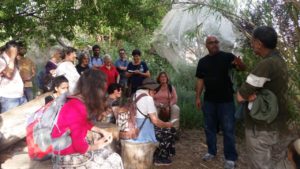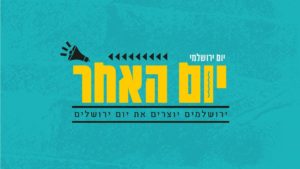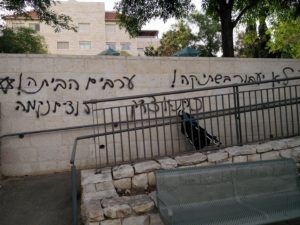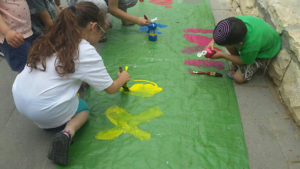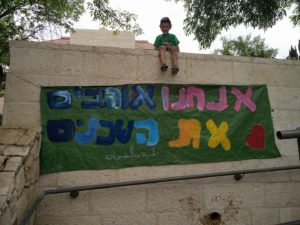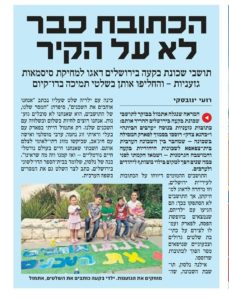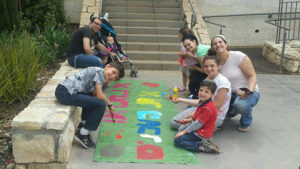Celebrating a Year of The Little Prince
“Never doubt that a small group of thoughtful, committed citizens can change the world: indeed, it’s the only thing that ever has,” goes the quote that is most often attributed to world-renowned anthropologist, Margaret Mead.
And this was said without knowing Jerusalemite activists. The only difference between Jerusalemite activists and Rottweiler dogs is that eventually, Rottweilers ease up….
On Wednesday, July 11, the main core of Little Prince – Cleaning Up Jerusalem Together activists – some 70 Palestinians, religious, secular, ultra-Orthodox Jews – got together for a joint meeting. It wasn’t just any joint meeting. It was to celebrate the first full year of activity of the Little Prince project, and to assess where we’ve come, and where we’re going. Many thanks to Muslala, which provided the perfect ambiance for the meeting and the work groups afterward.
It was exciting to see all of Jerusalem’s sectors represented, from at least 10 neighborhoods. It was exciting to see the cross-sector cooperation within and between the different work groups.
The members broke up into 4 work groups: Supervision and Enforcement, Sanitation Policy and Infrastructure, R & D, and Education and Awareness-raising.
The conference belonged to the different activist groups, and even though it was a rare opportunity to meet most of the current candidates in the Jerusalem mayoral race (in alphabetical order) – Mr. Ofer Berkovitz, Rabbi Yossi Deutsch, Minister Ze’ev Elkin, Adv. Yossi Havilio, and of course Acct. Moshe Leon. The candidates were polite and according to prior agreement with them, listened to the activists, without giving “opening remarks” or talk during the main session. It showed respect for us and for them. None of them left without promising (of their own accord) to make Jerusalem a symbol of a clean city in Israel, and that it’s top priority for them. The Jerusalem activists will be there in the following months – and afterward – to make sure that this commitment is heard again and again, and is eventually translated into clear outcomes, no matter who wins the mayoral race.
There were a lot of points and ideas that were written in the work groups. In light of the conference a Cleanliness Platform was written, which will be signed by all the mayoral candidates. We would like to thank everyone who showed the activist power of Jerusalem, which can be an excellent resource for the Municipality and the mayor, if they know how to work with them.
It never ceases to amaze us how a process that was begun by a group of Palestinian women from East Jerusalem (see MiniActive’s ‘We won’t live in filth!‘ campaign) spread to all sectors throughout Jerusalem, leading to this tidal wave force of activism for a clean Jerusalem!
Leading up to the conference we made a short video:
Here’s the original Facebook post summarizing the conferece:
Many thanks to the Jerusalem Foundation for their continued support for developing activists in Jerusalem!

